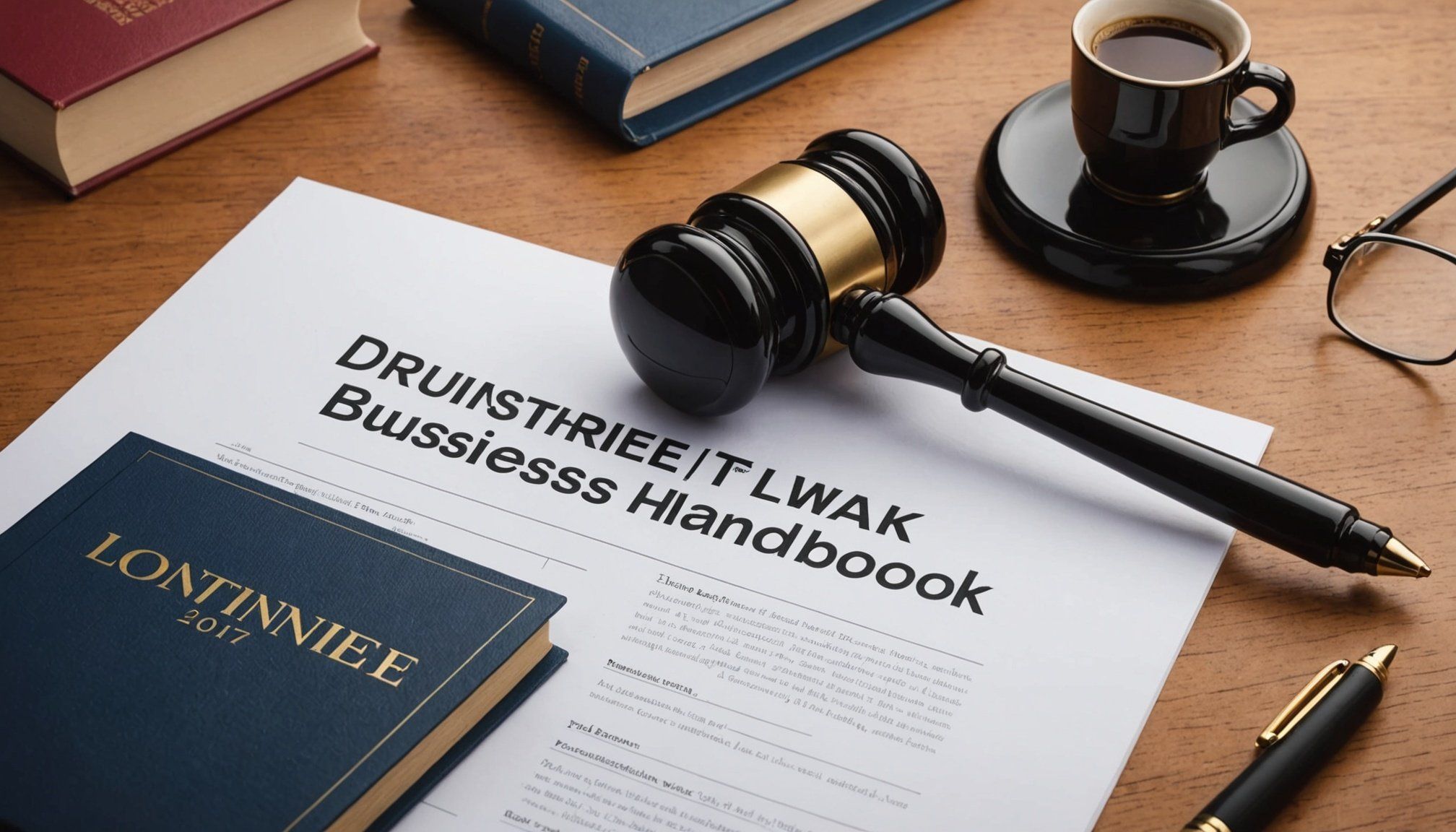Ultimate UK Business Handbook: Mastering Trademark Law to Protect Your Brand
In the competitive landscape of UK businesses, protecting your brand is crucial for maintaining a strong market presence and preventing unfair competition. At the heart of this protection lies trademark law, a complex yet vital aspect of intellectual property rights. Here’s a comprehensive guide to help you navigate the world of trademarks and ensure your brand remains safeguarded.
Understanding Trademarks and Their Importance
Trademarks are symbols, words, or phrases that distinguish your products or services from those of your competitors. They are a cornerstone of brand identity and play a significant role in building consumer recognition and loyalty.
Have you seen this : Mastering Internal Audits: A Complete Legal Guide for UK Businesses – Your Step-by-Step Blueprint to Success
“Trademarks protect branding for businesses, including product names, logos, and trading styles,” explains a legal expert from Richard Nelson LLP[3].
Here are some key reasons why trademarks are essential for your business:
Also read : Essential Legal Strategies for UK Businesses to Combat Confidentiality Breaches Effectively
- Brand Differentiation: Trademarks help consumers identify your products or services, setting them apart from those of your competitors.
- Legal Protection: Registered trademarks provide legal rights to take action against anyone using your mark without permission.
- Brand Value: A well-protected trademark can significantly increase the value of your business.
- Consumer Trust: Consistent branding builds trust and loyalty among your customer base.
The Process of Trademark Registration in the UK
Registering your trademark is a critical step in protecting your brand. Here’s a detailed look at the process:
Conducting a Trademark Search
Before applying for trademark registration, it is essential to conduct a thorough search to ensure your mark is unique and does not conflict with existing trademarks. This search involves checking the UK Intellectual Property Office (UKIPO) database and other relevant sources.
“A successful application will only be granted if your mark is distinctive and does not infringe on existing marks,” advises a specialist from Gepp Solicitors[2].
Submitting Your Application
Once you have confirmed the uniqueness of your mark, you can submit your application to the UKIPO. Here are the key steps involved:
- Classification: Determine the relevant classes for your goods or services. There are 45 classes, and you must ensure your mark is relevant to the classes you are applying for[2].
- Documentation: Prepare a detailed description of your mark, including any graphical representations and the goods or services it will cover.
- Examination: The UKIPO will examine your application to ensure it meets the legal criteria. This includes assessing the distinctiveness of your mark and checking for potential conflicts with existing trademarks[1].
Post-Registration
After your trademark is registered, you can use the ® symbol to indicate that your mark is protected. Registration lasts for ten years and is renewable for further ten-year periods[3].
Key Considerations for Trademark Registration
Here are some crucial points to keep in mind when registering your trademark:
- Distinctiveness: Your mark must be capable of distinguishing your goods or services from those of others.
- Graphical Representation: Your mark must be capable of being represented graphically.
- Non-Exclusion: Your mark must not be excluded by statute[3].
Strategies for Protecting Your Trademark
Protecting your trademark involves more than just registration. Here are some proactive strategies to safeguard your brand:
Monitoring
Regularly check the UKIPO database and other sources for potential infringements. This vigilance is crucial in preventing others from using similar marks.
“Trade mark owners should regularly monitor the register and act promptly to challenge potential infringements,” highlights a recent court judgment[5].
Enforcement
Take legal action against anyone using your mark without permission. This can include sending cease and desist letters or initiating legal proceedings.
Strong Branding
Create distinctive marks that are hard to replicate. This includes using unique logos, slogans, and other branding elements that are easily recognizable.
Common Pitfalls and How to Avoid Them
Here are some common pitfalls businesses face when dealing with trademarks and how to avoid them:
-
Lack of Uniqueness:
-
Ensure your mark is unique by conducting a thorough search before applying.
-
Avoid using generic terms or marks that are too similar to existing ones.
-
Inadequate Documentation:
-
Make sure your application is accurate and complete.
-
Engage a qualified intellectual property lawyer to help with the application process[1].
-
Failure to Monitor:
-
Regularly monitor the UKIPO database and other sources for potential infringements.
-
Act promptly if you find any infringements to protect your rights[5].
Table: Comparison of Key Aspects of Trademark Registration
| Aspect | Description |
|---|---|
| Classification | Determine the relevant classes for your goods or services (45 classes) |
| Documentation | Detailed description of your mark, graphical representations, and goods/services covered |
| Examination | UKIPO examines the application for distinctiveness and potential conflicts |
| Registration Duration | 10 years, renewable for further 10-year periods |
| Protection Scope | Only enforceable in the UK, separate processes for EU and international registration |
| Symbol Use | Use of the ® symbol after registration |
| Monitoring | Regular checks for potential infringements |
| Enforcement | Legal action against unauthorized use |
Practical Insights and Actionable Advice
Here are some practical tips to help you master trademark law and protect your brand effectively:
- Engage a Qualified Lawyer: Intellectual property lawyers can provide invaluable expertise in crafting robust applications and navigating disputes[1][3][4].
- Be Proactive: Regularly monitor for infringements and act promptly to protect your rights.
- Invest in Strong Branding: Create distinctive marks that are hard to replicate and build a strong brand identity.
Real-World Examples and Anecdotes
Consider the case of “Industrial Cleaning Equipment (Southampton) Ltd v Intelligent Cleaning Equipment Holdings Co Ltd and Killis Ltd,” where the Court of Appeal clarified the rules on statutory acquiescence. This case highlights the importance of vigilance in protecting intellectual property rights and the potential legal consequences of delays in challenging infringements[5].
Another example is the importance of unique branding. Companies like Apple and Nike have built their brand identities around distinctive logos and slogans that are instantly recognizable. This strong branding not only protects their intellectual property but also enhances their market value.
Mastering trademark law is essential for any UK business looking to protect its brand and maintain a competitive edge. By understanding the process of trademark registration, avoiding common pitfalls, and implementing proactive strategies for protection, you can ensure your brand remains safeguarded against unfair competition.
“Protecting your intellectual property rights is not just about legal compliance; it’s about securing the economic interests of your business and fostering innovation,” emphasizes an expert from Impact Pathfinders[1].
In the ever-evolving landscape of intellectual property law, staying informed and proactive is key. By following the guidelines and strategies outlined in this handbook, you can protect your brand effectively and drive your business towards success.











